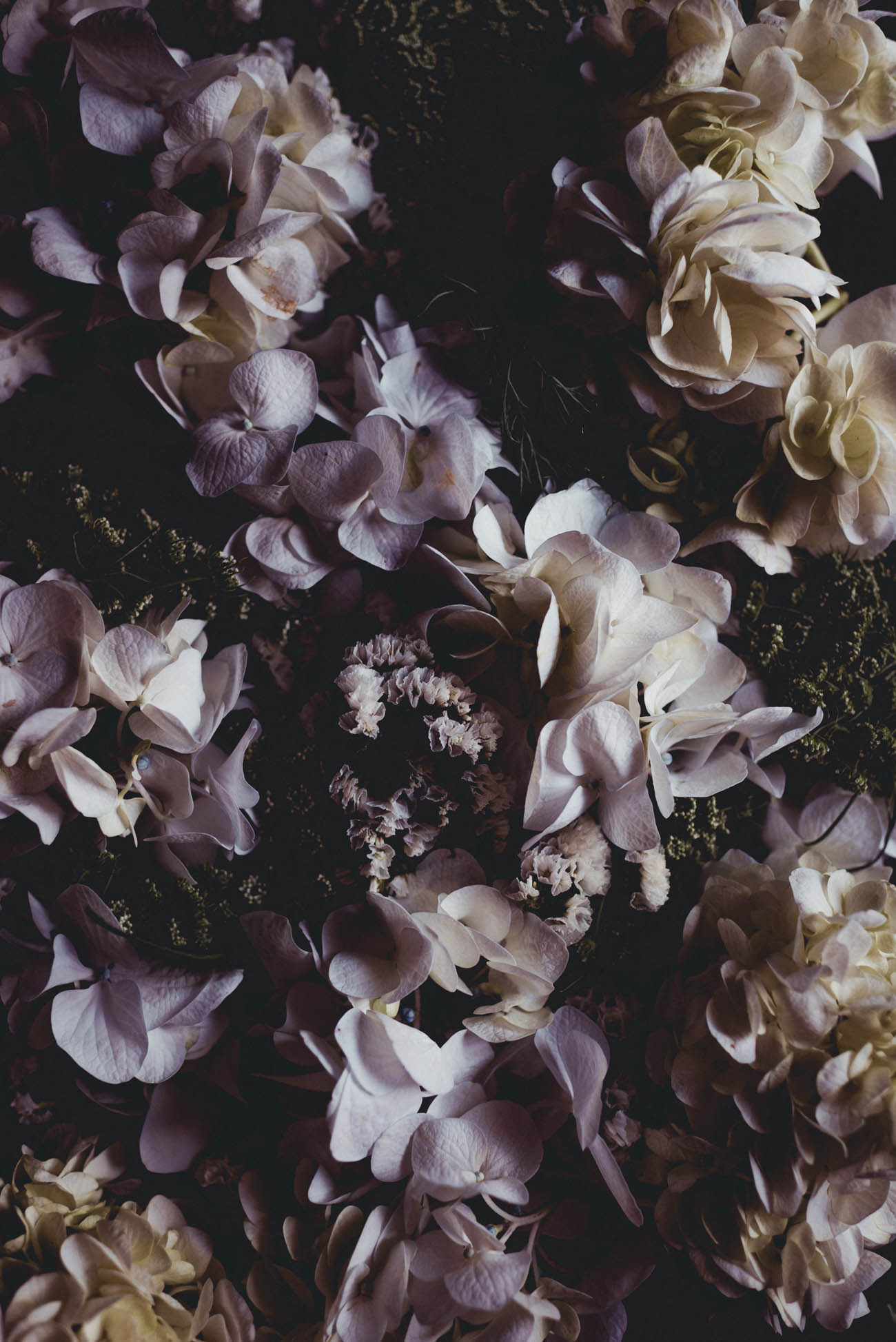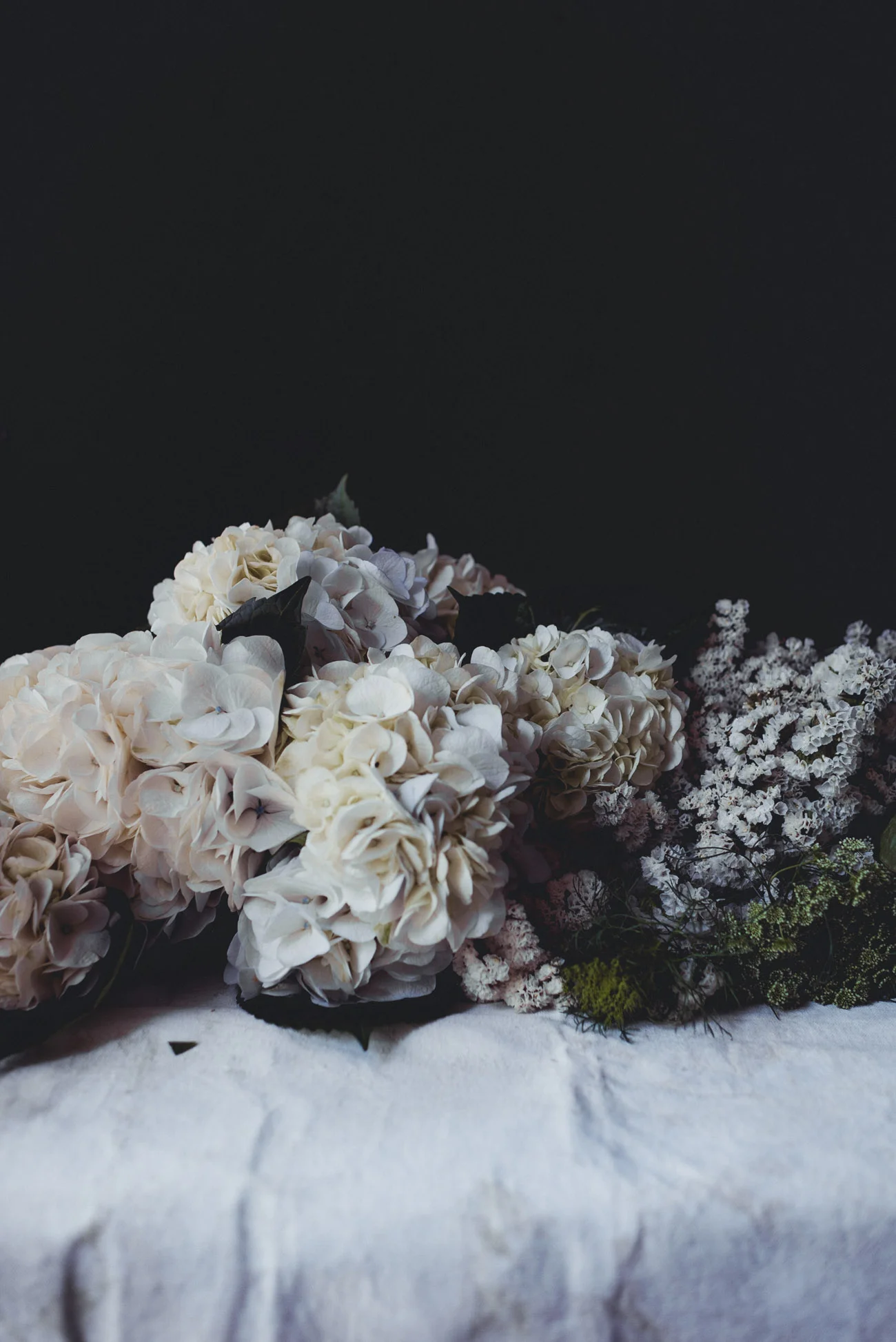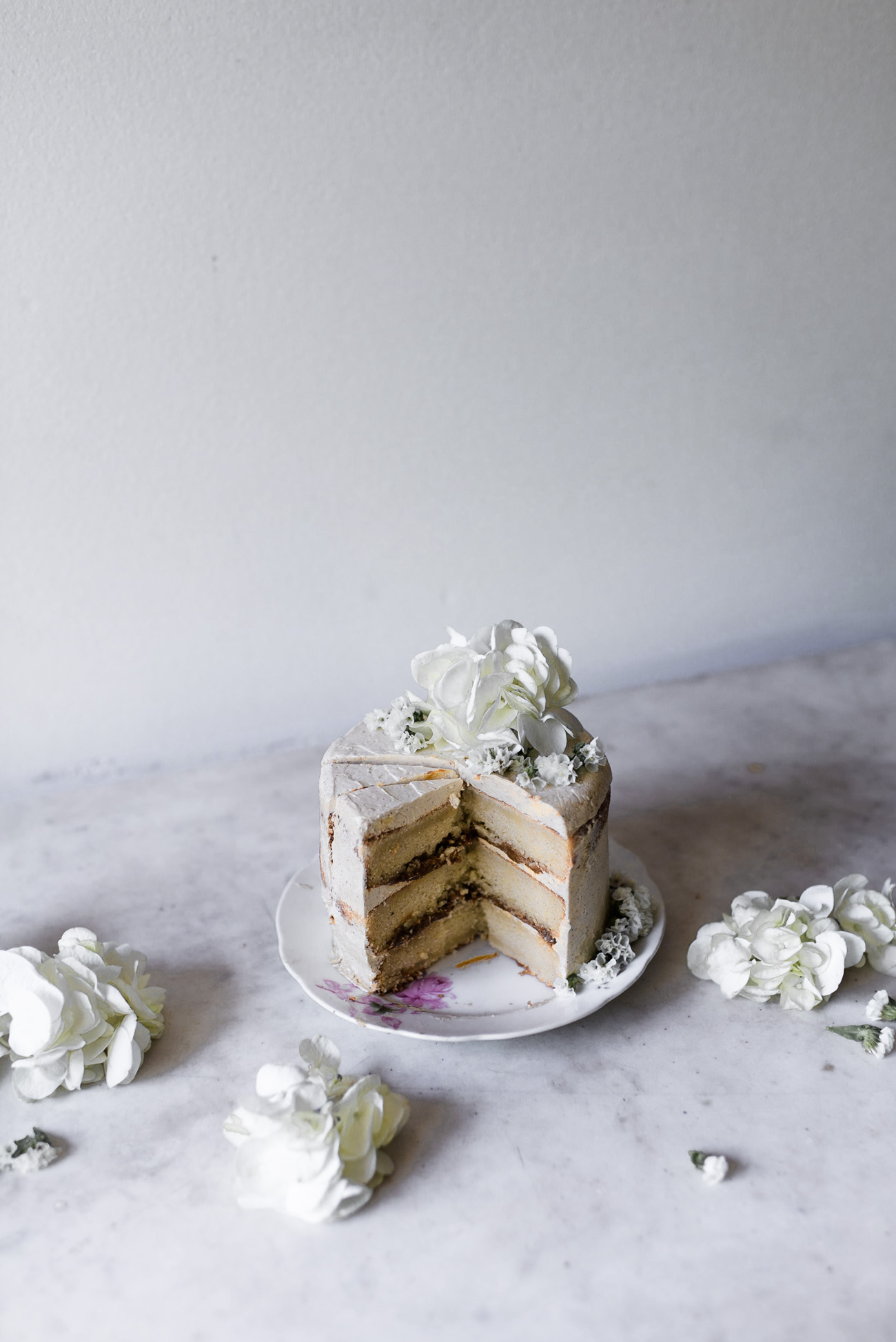“This is why blind Orpheus praises love and why love gouges out our eyes and why all lovers smell their way to Dover. That is why innocence has so much to account for, why Venus appears least saintly in the attitudes of shame. This is lost children and the deep sweetness of the pulp, a blue thrumming at the formed bone, river, flame, quicksilver. It is not the fire we hunger for and not the ash. It is the still hour, a deer come slowly to the creek at dusk, the table set for abstinence, windows full of flowers like summer in the provinces vanishing when the moon’s half-face pallor rises on the dark flax line of the hills.” – Robert Hass, an excerpt from 'Praise.'
If I had to tell you the exact moment I fell for flowers, my memories could only fail. All I know is that I fell somewhere between the bittersweet perfumed nights of my youth, and the morning the screaming sonnets stopped. My memories are solely based upon moments of flowering. How the seasons smelt, when the last of the rain fell, when we blistered and burnt beneath sunlight. And as only lost things can, I found myself within each bloomed moment. But as is fated for flowering, the ephemeral bloom soon fades. And not even I can remember who I once was. All that remains is the ashes of the perennial bud.
The depth of the human soul is concealed within shadow. And it’s only with rare illuminations of light can you awaken it. I once violenced a war against my darkness, and it took near destruction for me to see how precious the all-consuming dark, as well as the light, is. That very same consummation is reflected within these entanglements. The visual representation of both Life and Death. Of Devourance. Of Beauty, however temporal. And of Struggle, wild Struggle. Struggle that exists throughout all forms of nature.
I’ve always believed that creation is the nearest we can ever come to sanctity. And at the core of each and every one of us is an artist. Meeting certain people serves to awaken that inner self - no matter how deeply buried. Luisa is one of those people. We created and photographed together, masses of flowers and cake. An Almond Cake with Fleur de Sel Dulce de Leche and Smoked Brown Butter Swiss Meringue Buttercream. And through fluidity she made me see the potential of what could be, the vast expanse that creativity has to offer. I’ve always chosen to cling to the world of artists and creators, for art is the only true form of salvation from the bitterness of the world that so often threatens to consume. And if I could only style and photograph flowers solely for the remainder of my life, I’d remain eternally content. Thank you, Luisa, for your wisdom and guidance. And to my readers, I hope you enjoy these images just as much as we enjoyed bringing them to life.
ALMOND CAKE WITH FLEUR DE SEL DULCE DE LECHE AND SMOKED BROWN BUTTER SWISS MERINGUE BUTTERCREAM
For the cake:
300 g granulated sugar, 280 g cake flour, 100 g almond meal, 1 tbsp. baking powder, ½ teaspoon ground cardamom, ¼ teaspoon ground cinnamon, 1 tsp. salt, 215 g unsalted butter (at room temperature), 260 g egg whites (at room temperature), 325 g sour cream (at room temperature), 1 tbsp. vanilla bean extract, 1 tsp. almond extract
Pre-heat the oven to 180 c (350 f). Grease and line 3 x 15 cm cake pans with non-stick parchment paper. Set aside.
Whisk together the sugar, cake flour, almond meal, baking powder, ground cardamom, ground cinnamon and salt. Add the dry ingredients into the bowl of a stand mixer. Beat, on low speed until combined.
Increase the mixer speed to medium. Add in the butter, a tablespoon at a time, until it is all used up. Beat, for a further 3 to 5 minutes, or until combined. It should begin to form a rough and sandy meal-like mixture.
In a separate large pouring jug or bowl, whisk together the egg whites, sour cream, vanilla bean extract and almond extract.
Set the mixer speed to medium-low. Pour in half the liquid ingredients. Beat until just combined then pour in the remaining mixture. Pause mixing to scrape down the bottom and sides of the bowl as needed. Increase the mixer speed to medium-high and beat until light and fluffy, 3 more minutes.
Divide the batter between the prepared cake pans, making sure to use a rubber spatula to smooth out the top. Bake, for 30 to 35 minutes, or until risen, lightly brown and a skewer inserted into the middle comes out clean. Remove the cakes from the oven and let them cool in their pans for 15 minutes before carefully turning out and onto a wire rack to cool completely. Once cool, level off any domed tops.
For the swiss meringue buttercream:
350 g unsalted butter (at room temperature), 180 g egg whites, 210 g granulated sugar, 1 tsp vanilla bean extract, ½ tsp cinnamon, ¼ tsp salt, a few drops of liquid smoke
Place 150 g’s of the butter into a small saucepan set over medium heat. Set the remainder aside. Heat, stirring often, until the butter is golden and melted. Increase the heat to medium-high and continue to cook, swirling the pan occasionally but not stirring, until the butter is beginning to turn amber in colour and smells nutty in fragrance. The butter will begin to foam, but will subside as it continues to cook. Some brown butter solids should just be beginning to form at the base of the saucepan. Remove from the heat and pour the brown butter into a large pouring jug. Set it in the refrigerator to set until the butter is malleable and soft, about 1 hour.
Once set, remove the brown butter from the refrigerator and re-weigh it – you should have about 100 g’s. Add the remainder of the plain butter, as set aside above. Re-weigh to reach a combined total of 350 g of butter. You may need to add a little more plain butter depending on how much butter evaporated during the browning process. Set aside.
Place the egg whites and sugar into the bowl of a stand mixer. Whisk by hand to combine. Place the bowl over a saucepan of barely simmering water set on medium-low heat. Do not let the bottom of the bowl touch the water. Heat, whisking often, until the mixture reaches a temperature of 70 c (160 f) on a candy thermometer. The sugar should be completely dissolved and the mixture hot to the touch. Once at temperature, remove the bowl from the heat and set it on the base of a stand mixer fitted with the whisk attachment.
Whisk, on medium-high speed, for 8 to 10 minutes, or until the mixture holds stiff peaks. The bowl should no longer be hot to the touch and the meringue should be glossy and cool. Pause mixing and swap the whisk attachment for the beater attachment.
Add in the combined butter, a tablespoon at a time, until it is all incorporated. Add in the vanilla bean extract, cinnamon and salt. Increase the mixer speed to high and continue to beat until the buttercream is thick and silky smooth, 5 more minutes. Pause mixing and add in a few drops of the liquid smoke (I used about ¼ teaspoon for a subtle smoked flavour, but adjust as necessary to your personal taste preferences). Beat, for a further 3 minutes, or until smooth and velvety. Set the buttercream aside for assembly.
For the syrup:
50 ml amaretto liqueur, 50 ml water, 100 g granulated sugar
Combine the amaretto liqueur, water and sugar in a medium sized saucepan set over medium heat. Heat, stirring often, until the sugar is dissolved. Remove from the heat and set the syrup aside until needed.
For the filling:
250 g dulce de leche
1 teaspoon fleur de sel or flaked salt
In a small bowl, combine the dulce de leche and fleur de sel. Mix until evenly combined.
For assembly:
To assemble the cake, place the first cake layer, cut side facing up, onto a serving plate or cake stand. Use a pastry brush to glaze the first layer of cake with a little of the amaretto liqueur syrup. Then, use an offset spatula to spread about 3 generous tablespoons of the buttercream over the top of the cake. Slightly hollow out the center of the buttercream with the back of a metal spoon to form a buttercream dam. Fill the center with half of the fleur de sel dulce de leche. Gently press on the second cake layer, cut side facing down. Repeat the layering process above. Gently press on the final cake layer, again, cut side facing down. Cover the top and sides of the cake with a thin layer of the remaining buttercream. Set the cake in the refrigerator to chill the crumb coat, about 30 minutes. Once set, remove the cake from the refrigerator and use the offset spatula to thickly spread on the final layer of buttercream and decorate the exterior however you desire. Set the cake back in the refrigerator for about 30 minutes to firm the outside buttercream, before slicing and serving.









